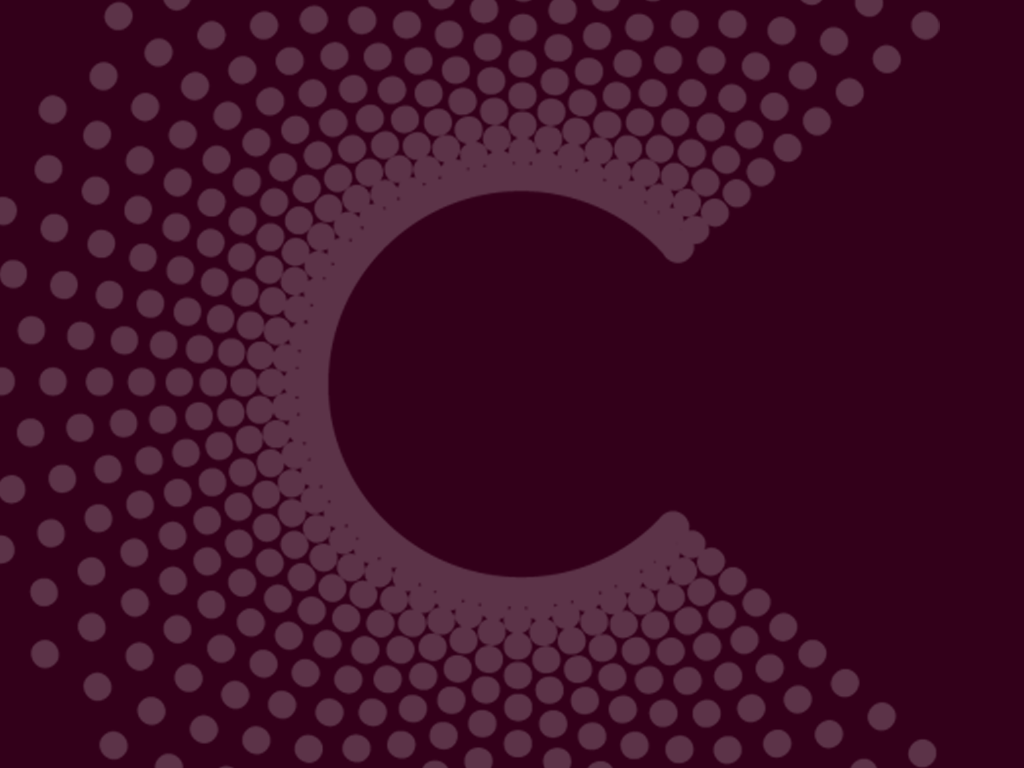An independent report commissioned by the Clean Energy Council and conducted by Egis, a leading global consulting, construction and engineering firm, has confirmed that nuclear is the most expensive form of new energy in Australia.
The review analysed the CSIRO and Australian Energy Market Operator (AEMO)’s GenCost report against the Lazard Review and the Mineral Council of Australia (MCA)’s research into Small Modular Nuclear Reactors.
The report has these key findings:
- The research confirmed that nuclear energy is up to six times more expensive than renewable energy and even on the most favourable reading for nuclear, renewables remain the cheapest form of new-build electricity.
- The safe operation of nuclear power requires strong nuclear safety regulations and enforcement agencies, none of which exist in Australia. Establishing these frameworks and new bodies would take a long time and require significant government funding which would ultimately be borne by taxpayers.
- Nuclear may be even higher cost than currently forecast as waste management and decommissioning of nuclear plants have been omitted by cost calculations in the relevant research available.
- The economic viability of nuclear energy will further diminish as more wind, solar and battery storage enters the grid, in line with legislated targets. Put simply, nuclear plants are too heavy and too slow to compete with renewables and can’t survive on their own in Australian energy markets.
Clean Energy Council Chief Executive, Kane Thornton, said the Egis Review proved that households would need to pay a hefty price to subsidise a sub-optimal future powered by nuclear reactors.
“This report confirms the CSIRO’s findings that nuclear energy is six times the cost of renewable energy and that replacing renewables would cause power prices to explode,” Thornton said.
“Taxpayers also need to understand the costs that will be borne if they are forced to foot the bill for building a nuclear industry from scratch over a period of decades.
“Nuclear power is also a poor fit with our increasingly renewable power system. Nuclear power stations are expensive and have to run constantly in order to break even. But that doesn’t work in a world with an abundance of cheap renewables. Nuclear power stations aren’t designed to ramp up and down to match free energy from renewables – for that we need more energy storage.
“At the Clean Energy Council, we support a clear-eyed view of the costs and time required to decarbonise Australia and right now, nuclear simply doesn’t stack up.”
The Egis report also found the MCA’s research on Small Modular Reactors (SMRs) in the Australian context is already out of date and flawed, as it did not anticipate the current long delay in SMR projects around the world. The MCA research is also based on uncertain cost estimates for projects that have not yet begun construction, or academic research that has not been tested in the field.
The MCA’s research on the issue also considered the NuScale Power project, which has since been cancelled due to large cost overruns.
ENDS
For more information or to arrange an interview, please contact:
Liam Straughan
Clean Energy Council Media Officer
+61 409 470 683





